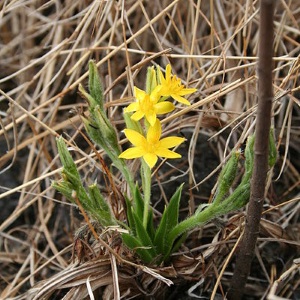The inhabitants of the Border Cave in southern Africa were cooking starchy plants 170,000 years ago. “This discovery is much older than earlier reports for cooking similar plants and it provides a fascinating insight into the behavioural practices of early modern humans in southern Africa,” says Lyn Wadley of the University of the Witwatersrand, South Africa. It also implies that they shared food and used wooden sticks to extract plants from the ground, she added.
“It is extraordinary that such fragile plant remains have survived for so long,” according to Christine Sievers, a scientist from the University of the Witwatersrand. The underground food plants were uncovered during excavations at Border Cave in the Lebombo Mountains where the team has been digging since 2015. During the excavation, Wadley and Sievers recognised the small, charred cylinders as rhizomes. All appear to belong to the same species, and 55 charred, whole rhizomes were identified as Hypoxis, commonly called the Yellow Star flower.
“The most likely of the species growing in KwaZulu-Natal today is the slender-leafed Hypoxis angustifolia that is favoured as food,” adds Sievers. “It has small rhizomes with white flesh that is more palatable than the bitter, orange flesh of rhizomes from the better known medicinal Hypoxis species.”
See “Early modern humans cooked starchy food in South Africa 170 000 years ago” on the University of the Witwatersrand website (2020)
Read the study abstract “Cooked starchy rhizomes in Africa 170 thousand years ago” on the Science magazine website

